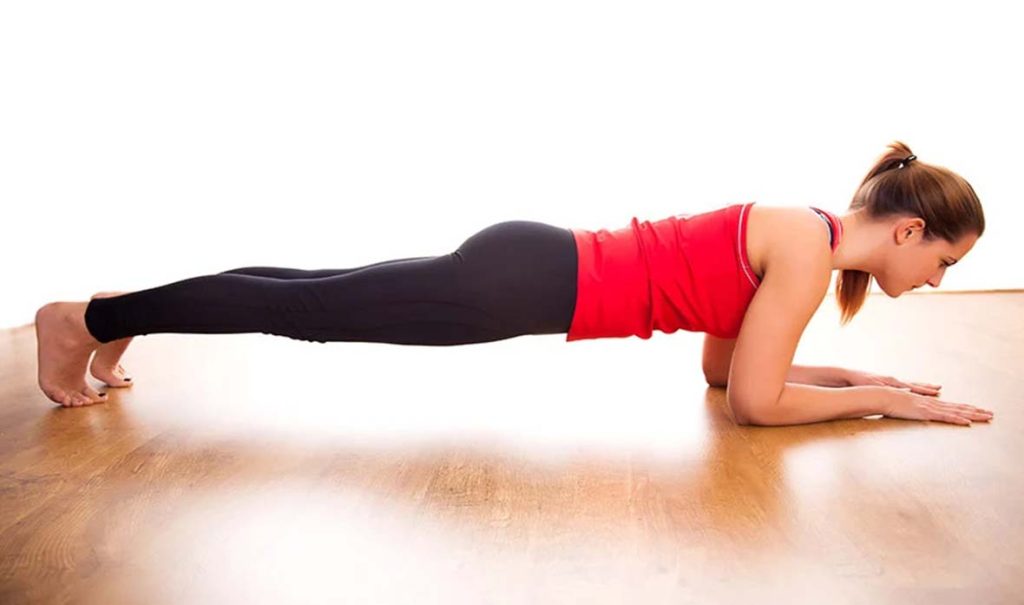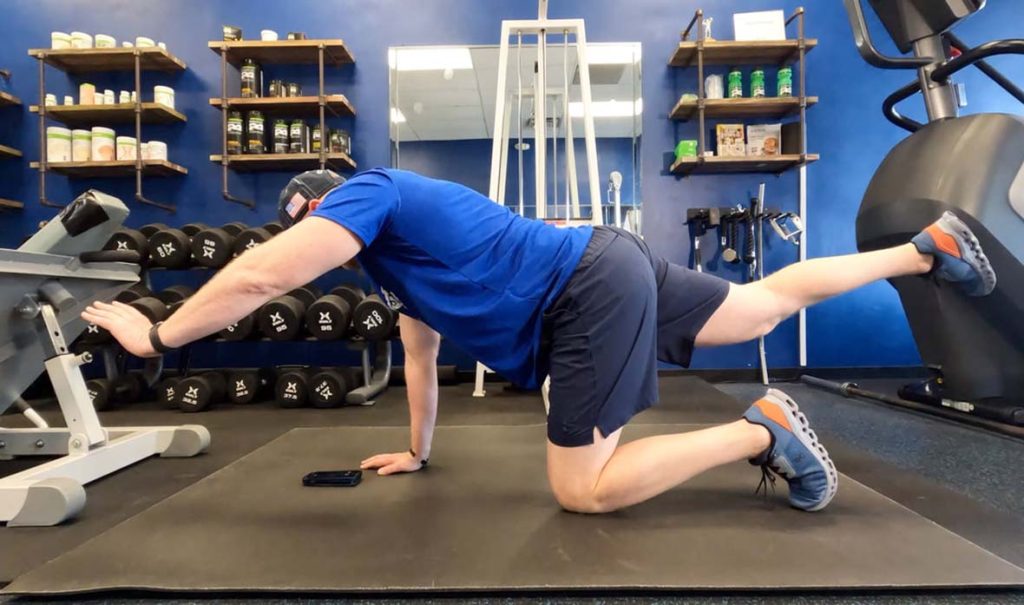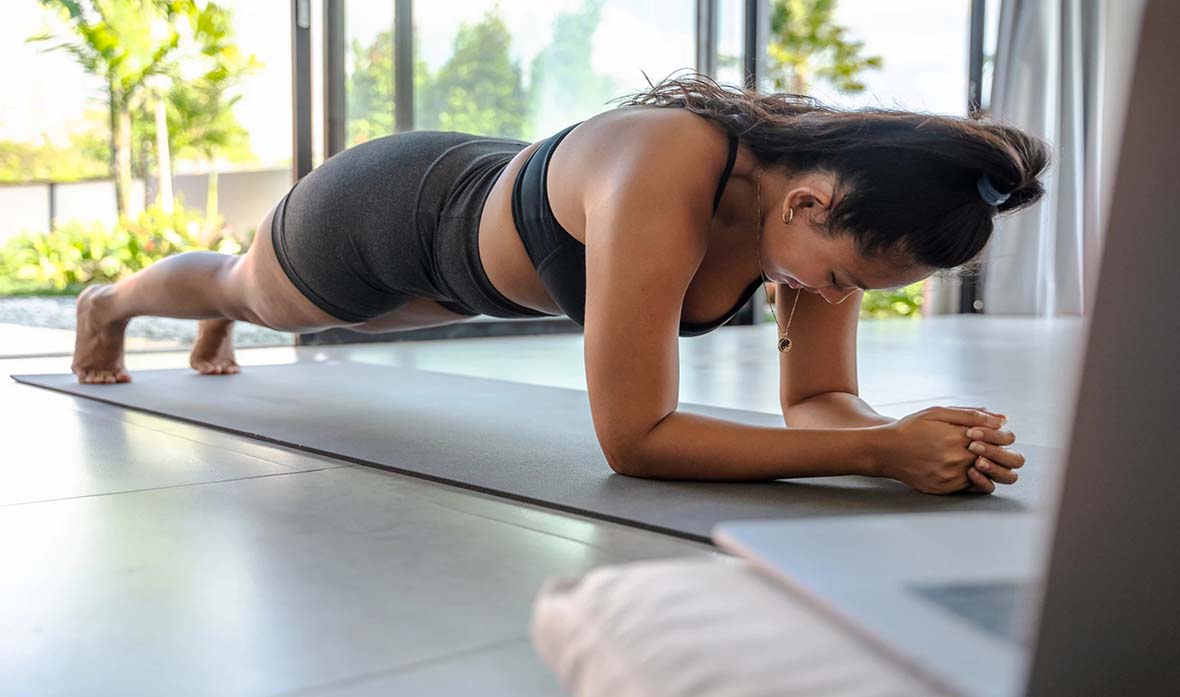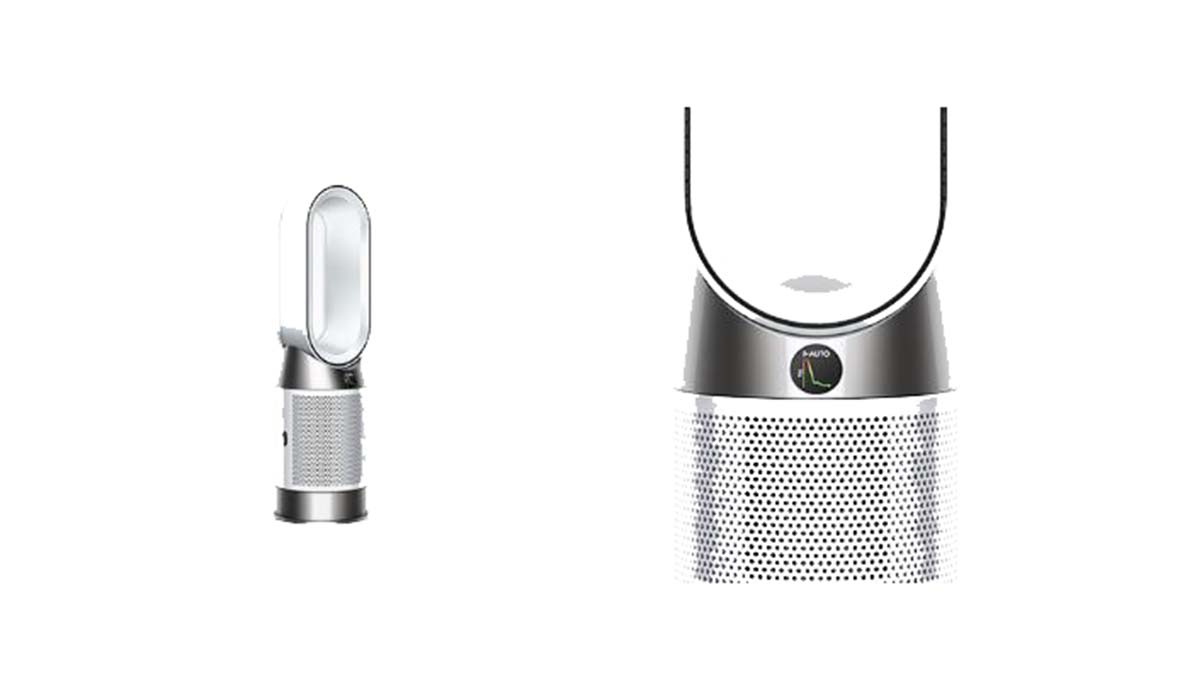In recent years, the popularity of home workouts has surged. The reasons are varied: busy schedules, gym closures, and a desire for privacy, among others. The beauty of working out at home is that you don’t need expensive equipment or a fancy gym membership to achieve your fitness goals. With the right exercises, you can build strength, increase flexibility, and improve cardiovascular health—all within the comfort of your own home.
In this comprehensive guide, we’ll explore a range of highly effective exercises that require no equipment. We’ll provide detailed instructions, tips for maximizing your workout, and suggestions for creating a balanced exercise routine. Whether you’re a fitness enthusiast or just starting your journey, these exercises will help you stay in shape without the need for a gym.
1. Bodyweight Exercises: The Foundation of Home Workouts
Bodyweight exercises are the cornerstone of home workouts. They utilize your own body weight as resistance, which can be highly effective for building strength and endurance.
Push-Ups
How to Do It:
- Start in a plank position with your hands slightly wider than shoulder-width apart.
- Lower your body until your chest nearly touches the ground.
- Push through your palms to return to the starting position.
Tips:
- Keep your body in a straight line from head to heels.
- Engage your core to prevent sagging in your lower back.
- Modify by doing knee push-ups if a full push-up is too challenging.
Variations:
- Incline Push-Ups: Place your hands on an elevated surface to reduce the intensity.
- Decline Push-Ups: Elevate your feet to increase the challenge.
Squats
How to Do It:
- Stand with your feet shoulder-width apart and your toes slightly turned out.
- Bend your knees and lower your hips as if you are sitting back into a chair.
- Push through your heels to return to the starting position.
Tips:
- Keep your chest up and your knees tracking over your toes.
- Engage your glutes and core throughout the movement.
- Avoid letting your knees cave inward.
Variations:
- Sumo Squats: Place your feet wider apart and turn your toes out for a different muscle emphasis.
- Jump Squats: Add a jump as you rise to increase cardiovascular intensity.
Lunges
How to Do It:
- Stand with your feet hip-width apart.
- Step forward with one leg and lower your body until both knees are bent at a 90-degree angle.
- Push through your front heel to return to the starting position.
Tips:
- Keep your torso upright and your front knee aligned with your ankle.
- Engage your core and avoid leaning forward.
- Perform lunges slowly to maintain balance.
Variations:
- Reverse Lunges: Step backward instead of forward for a different muscle engagement.
- Walking Lunges: Add movement by stepping forward into the next lunge.
2. Core Exercises: Strengthening Your Center
A strong core is essential for overall fitness. Core exercises help improve balance, stability, and posture, and they support nearly every movement you make.
Plank

How to Do It:
- Start in a forearm plank position with your elbows under your shoulders and your body in a straight line.
- Hold this position while engaging your core.
Tips:
- Keep your hips level and avoid letting them sag or rise.
- Breathe steadily and engage your glutes and thighs.
- Start with short intervals and gradually increase the time.
Variations:
- Side Plank: Rotate onto one side and balance on one forearm for an oblique challenge.
- Plank with Leg Lift: Lift one leg at a time while holding the plank position.
Mountain Climbers
How to Do It:
- Start in a high plank position with your hands under your shoulders.
- Bring one knee toward your chest, then quickly switch legs, as if running in place.
Tips:
- Keep your core engaged and your body in a straight line.
- Perform the movement at a controlled pace to avoid injury.
- Increase speed for a cardiovascular boost.
Variations:
- Cross-Body Mountain Climbers: Bring your knee toward the opposite elbow for added oblique engagement.
- Slow Mountain Climbers: Perform the exercise more slowly for increased focus on core strength.
Bicycle Crunches
How to Do It:
- Lie on your back with your hands behind your head and your legs lifted, knees bent.
- Bring one elbow toward the opposite knee while extending the other leg.
- Switch sides in a pedaling motion.
Tips:
- Keep your lower back pressed into the ground.
- Focus on using your core muscles to lift your shoulder blades off the floor.
- Avoid pulling on your neck with your hands.
Variations:
- Reverse Crunches: Lift your hips off the ground towards your chest while keeping your legs bent.
- Toe Touches: Lift your legs straight up and reach for your toes with your hands.
3. Cardio Exercises: Boosting Your Heart Rate
Cardiovascular exercises are crucial for overall health and endurance. They help improve heart health, burn calories, and enhance stamina.
Jumping Jacks
How to Do It:
- Stand with your feet together and your arms at your sides.
- Jump while spreading your legs and raising your arms overhead.
- Return to the starting position and repeat.
Tips:
- Keep a steady rhythm and land softly on your feet.
- Engage your core to maintain balance.
- Modify by stepping side to side if jumping is too intense.
Variations:
- Star Jumps: Add a squat before jumping to increase intensity.
- Half Jacks: Perform the arm movement only while stepping side to side.
Burpees
How to Do It:
- Stand with your feet shoulder-width apart.
- Drop into a squat position and place your hands on the floor.
- Jump your feet back into a plank position.
- Perform a push-up, then jump your feet back to your hands.
- Jump into the air and repeat.
Tips:
- Keep your movements fluid and controlled.
- Modify by removing the push-up or jump if needed.
- Focus on your form to prevent injury.
Variations:
- Burpee with Tuck Jump: Add a tuck jump at the end for extra cardio and core engagement.
- Half Burpees: Perform the exercise without the jump at the end for a lower impact option.
High Knees
How to Do It:
- Stand with your feet hip-width apart.
- Run in place, lifting your knees as high as possible.
- Pump your arms for added intensity.
Tips:
- Keep your core engaged and maintain a brisk pace.
- Land softly on your feet to reduce impact.
- Modify by marching in place if running is too challenging.
Variations:
- High Knees with a Twist: Rotate your torso slightly as you lift your knees for added core work.
- Speed Skaters: Leap from side to side to mimic a skating motion and increase intensity.
4. Flexibility and Mobility: Enhancing Your Range of Motion

Incorporating flexibility and mobility exercises into your routine helps prevent injuries, improve posture, and enhance overall movement quality.
Stretching Routine
How to Do It:
- Hamstring Stretch: Sit on the floor with one leg extended and the other bent. Reach toward the extended leg and hold.
- Quadriceps Stretch: Stand on one leg, grab your opposite ankle, and pull it toward your glutes.
- Hip Flexor Stretch: Kneel on one knee with the other foot in front, and push your hips forward.
- Shoulder Stretch: Extend one arm across your body and use the opposite arm to gently press it closer.
Tips:
- Hold each stretch for at least 20-30 seconds.
- Breathe deeply and avoid bouncing or forcing the stretch.
- Stretch both sides of your body evenly.
Variations:
- Dynamic Stretching: Incorporate leg swings and arm circles as part of your warm-up.
- Yoga Poses: Include poses like Downward Dog and Warrior to enhance flexibility and balance.
Foam Rolling
How to Do It:
- Place a foam roller on the floor and position the area you want to roll on top.
- Slowly roll back and forth, applying gentle pressure to sore muscles.
- Focus on tight or painful areas, spending extra time there.
Tips:
- Roll each muscle group for 1-2 minutes.
- Use your body weight to apply pressure, adjusting as needed.
- Incorporate foam rolling into your cool-down routine.
Variations:
- Using a Massage Ball: Target smaller areas or trigger points with a massage ball for more precise relief.
- Varying Pressure: Adjust the intensity by using different foam roller densities or body positions.
5. Creating a Balanced Home Workout Routine
To get the most out of your home workouts, it’s important to create a balanced routine that includes exercises for strength, cardio, and flexibility. Here’s a sample weekly workout plan:
Sample Routine
- Monday: Full-Body Strength
- Push-Ups: 3 sets of 10-15 reps
- Squats: 3 sets of 15-20 reps
- Plank: 3 sets of 30 seconds
- Tuesday: Cardio
- Jumping Jacks: 3 sets of 1 minute
- Mountain Climbers: 3 sets of 1 minute
- High Knees: 3 sets of 1 minute
- Wednesday: Rest or Light Activity
- Gentle stretching or yoga
- Thursday: Lower Body and Core
- Lunges: 3 sets of 12-15 reps per leg
- Bicycle Crunches: 3 sets of 20-25 reps
- Glute Bridges: 3 sets of 15 reps
- Friday: Cardio and Core
- Burpees: 3 sets of 10-12 reps
- Side Plank: 3 sets of 30 seconds per side
- Jump Squats: 3 sets of 15 reps
- Saturday: Flexibility and Mobility
- Stretching routine: 20-30 minutes
- Foam Rolling: 10-15 minutes
- Sunday: Rest or Light Activity
- Gentle walk or easy yoga session
Embrace the Freedom of Home Workouts
The beauty of working out at home is the freedom to tailor your routine to your preferences and needs. By incorporating bodyweight exercises, cardio, and flexibility work into your routine, you can achieve a well-rounded fitness program without needing any special equipment.
Remember to listen to your body, stay consistent, and enjoy the process. With dedication and the right exercises, you can stay fit and healthy from the comfort of your own home. So, lace up your workout shoes, clear a space, and get ready to sweat!


